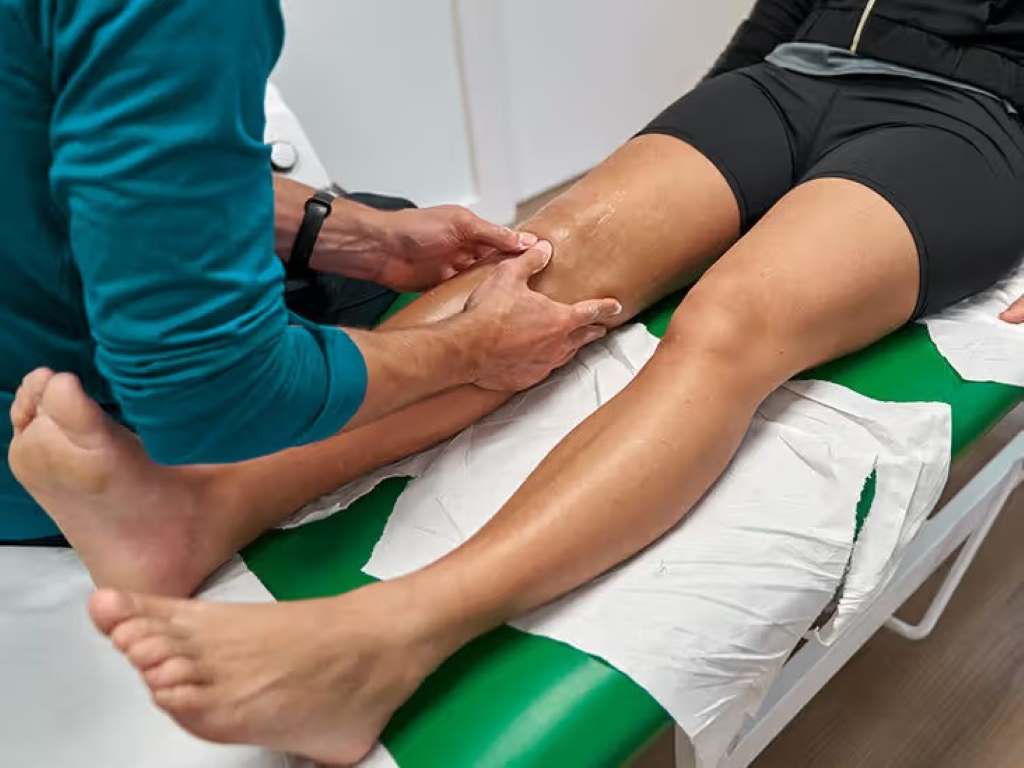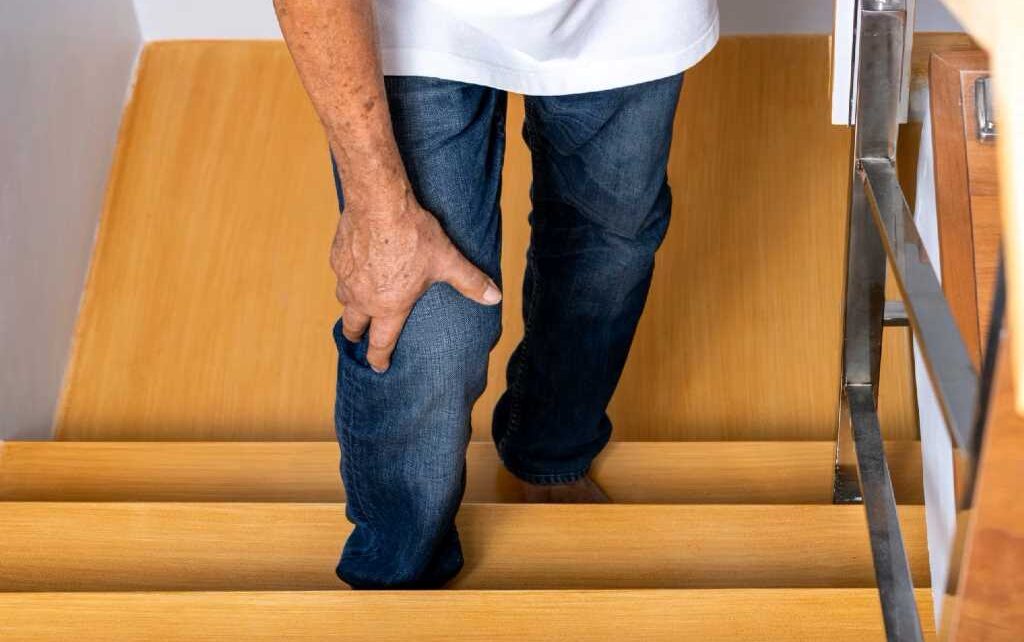Stair climbing is a common everyday activity, whether at home, work, or while exercising. However, the repetitive motion and impact on your knees can lead to pain and potential injury over time, especially if you have existing knee issues or are getting older. The good news is that with a few simple adjustments and mindful practices, you can significantly reduce the stress on your knees and enjoy pain-free stair use.
Understanding the Impact on Your Knees
When you climb stairs, your knees absorb a force that’s several times your body weight. This force is magnified if you have weak muscles, poor posture, or existing knee conditions like arthritis. Going down stairs can be even more challenging, as your knees act as brakes to control your descent.

Simple Strategies to Safeguard Your Knees
Proper Form:
- Posture: Stand tall with your back straight and shoulders back. Avoid leaning forward excessively. Engage your core muscles for stability.
- Foot Placement: Place your entire foot on each step, using your heel to push off. Avoid stepping on the edge of the step or only using the balls of your feet, as this puts more pressure on your knees.
- Handrail: Always use the handrail for support, especially when going downstairs. It helps distribute your weight and reduce the load on your knees.
Strength and Flexibility:
- Strengthening Exercises: Focus on exercises that target your quadriceps, hamstrings, and glutes. These muscles support your knees and help absorb impact. Squats, lunges, and leg presses are good options.
- Stretching: Regular stretching improves flexibility and range of motion in your knees and surrounding muscles. Pay attention to your hamstrings, quadriceps, and calves.
Pace Yourself:
- One Step at a Time: Avoid taking two steps at once or rushing. Take your time and focus on controlled movements.
- Rest: If you feel pain or fatigue, take a break. Listen to your body’s signals.
- Alternatives: If stairs are causing significant pain, consider using elevators or escalators when possible.
Supportive Gear:
- Shoes: Wear supportive shoes that provide good cushioning and stability. Avoid high heels or worn-out footwear.
- Braces: If you have a diagnosed knee condition, talk to your doctor or physical therapist about using a knee brace for added support.
- Walking Aids: Consider using a cane or walking stick for extra stability.
Additional Tips for Specific Situations
- Arthritis: If you have arthritis, take extra care on stairs. Consider leading with your stronger leg when going up and your weaker leg when going down.
- Overweight/Obesity: Losing weight can significantly reduce stress on your knees. Talk to your doctor about a safe weight loss plan.
- Injury Recovery: If you’re recovering from a knee injury, follow your doctor or physical therapist’s recommendations for stair use. Gradual progression is key.
When to Seek Professional Help
If you experience persistent knee pain or swelling, it’s important to consult a doctor or physical therapist. They can diagnose the underlying cause and recommend appropriate treatment, which may include medication, physical therapy, or other interventions.
Conclusion
Protecting your knees on stairs is a proactive approach to maintaining joint health and preventing pain or injury. By incorporating these simple strategies into your daily routine, you can confidently navigate stairs and enjoy an active lifestyle without worrying about your knees. Remember, even small changes can make a big difference over time.



